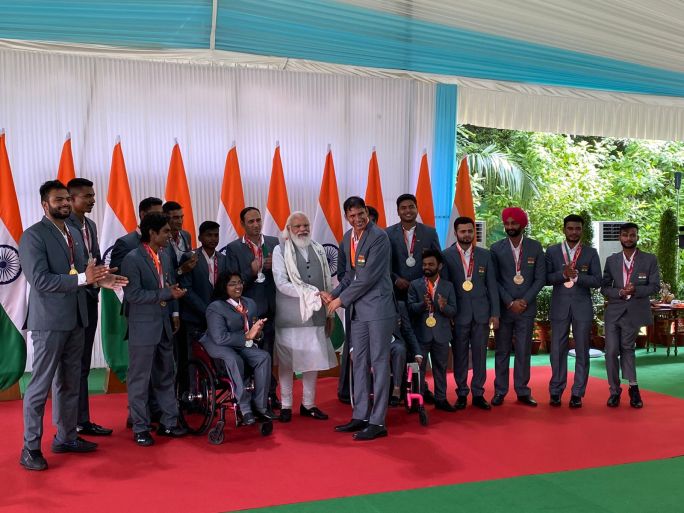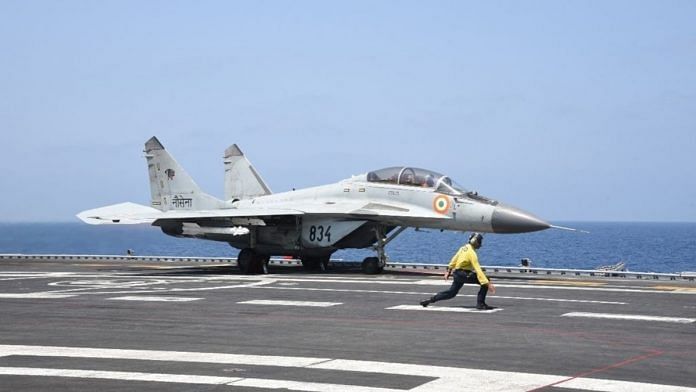
Text Size: A- A+
New Delhi: The 70-year-old Naval aviation, which started as a fledgling Fleet Requirement Unit with ten amphibian Sealand aircraft in 1953, is set to be awarded the President’s Colour, the highest honour bestowed on a military unit in recognition of its exceptional service to the nation.
Incidentally, the Indian Navy was the first amongst the three Services to be awarded the President’s Colour on 27 May 1951 by the then President of India Dr Rajendra Prasad.https://e428dbf707006b0b2696166e1cd5713d.safeframe.googlesyndication.com/safeframe/1-0-38/html/container.html
While the Navy is often associated with the ships, the aviation wing has emerged as an integral part of the naval operations, both defensive and offensive in nature.
“For supremacy or control of the Indian Ocean, naval aviation is very important,” former Navy chief Admiral Prakash (retd) told ThePrint.
The retired officer, who is one of the four Navy chiefs to come from the flying branch, a list that also includes current chief Admiral Karambir Singh, says that while post World War II, many countries could not afford naval aviation, India along with the major powers focussed on it.
“There is no doubt that the Navy is all about the ships. However, helicopters have merged as an integral part of a surface vessel in the last 30 years or so,” Admiral Prakash said. “The first defence of a surface ship is its on board helicopter. The helicopters these days are equipped with missiles, depth chargers and torpedoes which counter the threat.”
He further explained that while a ship can detect a submarine at a range of 3-4 miles, a submarine can detect a surface vessel from about 20-30 miles. However, a naval aviation aircraft can detect both from much further distances.
The former chief explained that air power is very important and hence an aircraft carrier is able to dominate 300-350 miles around it because it is equipped with fighter aircraft.
“There is the sea-borne aviation that includes the fighters and the helicopters. Then there is the land -borne naval aviation that includes the P8I aircraft which has huge reach and is used for both surveillance and anti-submarine operations,” he added.
History of Indian Naval Aviation
The Indian Naval Aviation came into being with acquisition of the first Sealand aircraft, an amphibious plane, on 13 January 1951. The formal birth of Naval Aviation was the Commissioning of the INS Garuda, a Naval Air Station at Kochi, on 11 May 1953.
The first Sealand (IN101) joined the Fleet Requirement Unit, which later became the first Indian Naval Air Squadron, INAS 550, on 17 June 1959 with 10 Sealand, 10 Firefly and three HT-2 aircraft.
India’s first aircraft carrier INS Vikrant was commissioned in 1961, with her integral squadrons of British Sea Hawk Jets, French Alize ASW aircraft and French Alouette III helicopters.
Induction of INS Viraat along with legendary Sea Harriers in the mid-1980s brought new strength to the carrier operations of the Navy. Now the MiG 29Ks on the INS Vikramaditya lead the way for India’s carrier operations.
The Indian Naval Aviation at present has nine air stations and three naval air enclaves along the Indian coastline and in the Andaman and Nicobar Islands.
It now is a force with more than 250 aircraft comprising carrier-borne fighters like the MiG 29K, maritime reconnaissance aircraft, helicopters and remotely piloted aircraft (RPA).
Over the years, different kinds of rotary wing platforms, including the Alouette, the S-55, Seaking 42A and 42B, the Kamovs, indigenous Advanced Light Helicopter and the latest in the line, the MH60R – have been inducted.
Maritime reconnaissance (MR) operations of the navy also grew from the 1970s with the induction of the Super-Constellation from the Indian Air Force in 1976, the IL-38 in 1977 and the TU 142 M in 1989. The Dornier 228 was inducted in 1991 and Boeing P 8I aircraft in 2013.
Incidentally, Naval Aviators have been decorated with one Mahavir Chakra, six Vir Chakras, one Kirti Chakra, seven Shaurya Chakras, one YudhSeva Medal and a large number of Nao Sena Medals (gallantry) over the years.
(Edited by Arun Prashanth)
Also read: Army, Navy, IAF sign deals for swarm, kamikaze drones amid govt push for new tech warfare












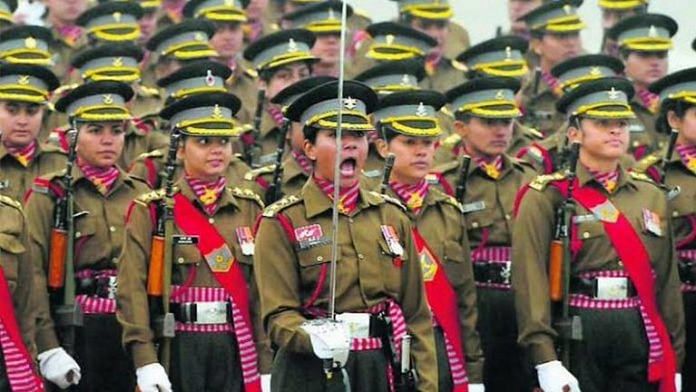
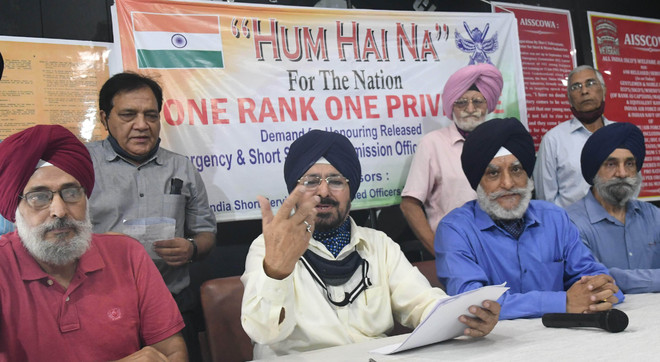
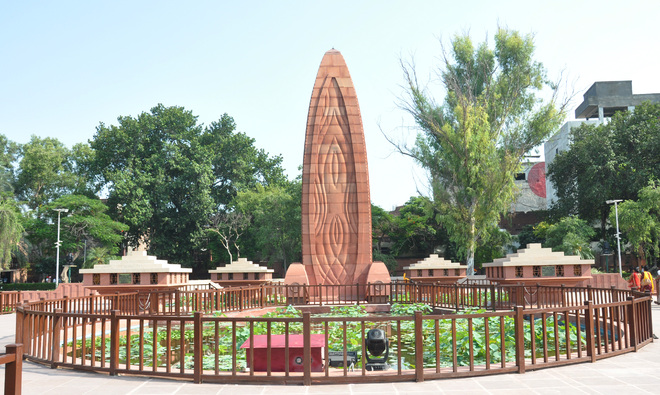
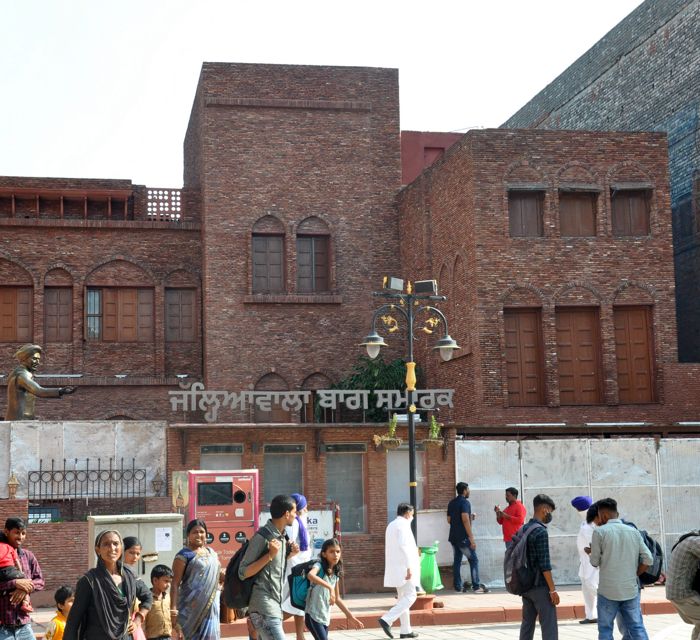
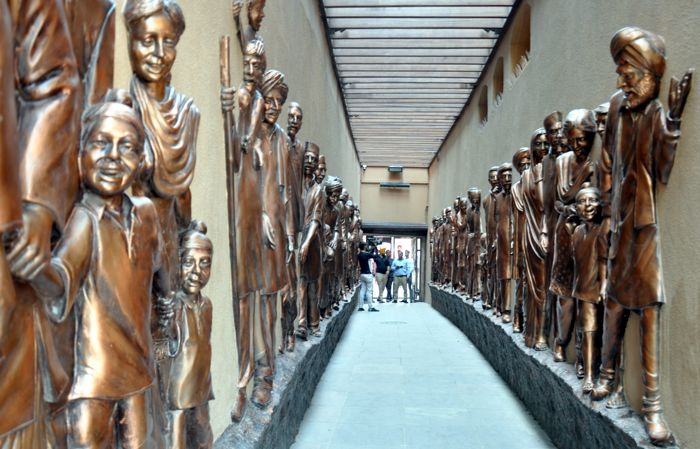
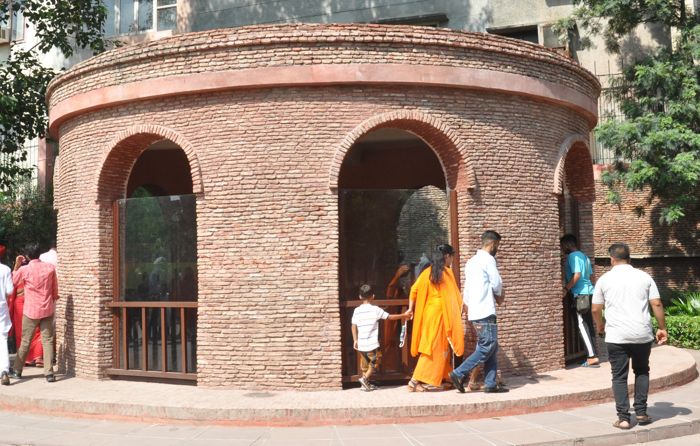

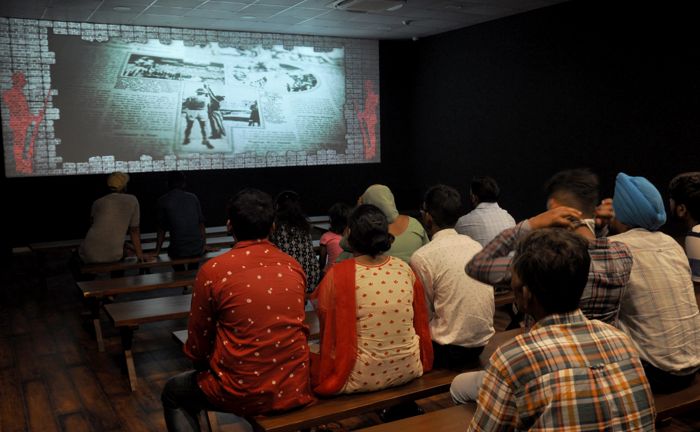
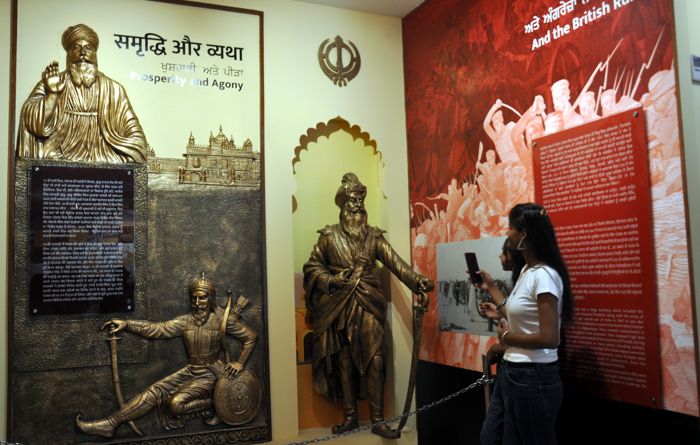
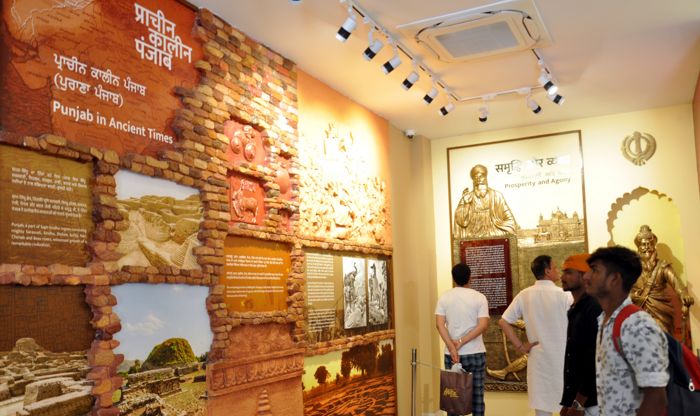

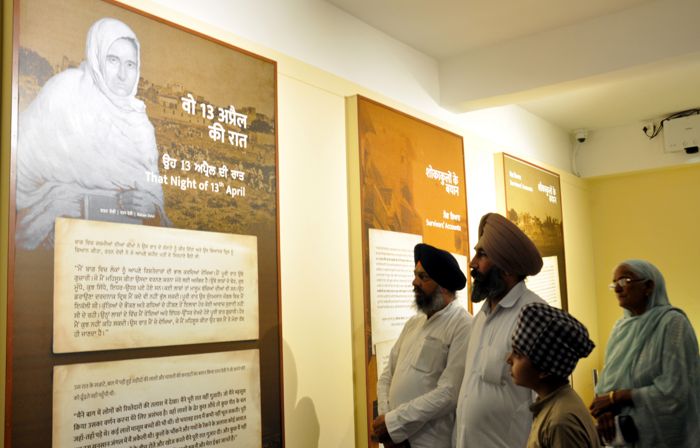
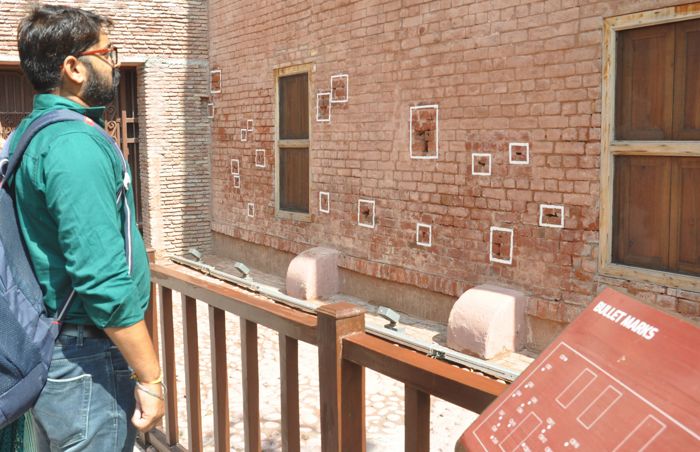
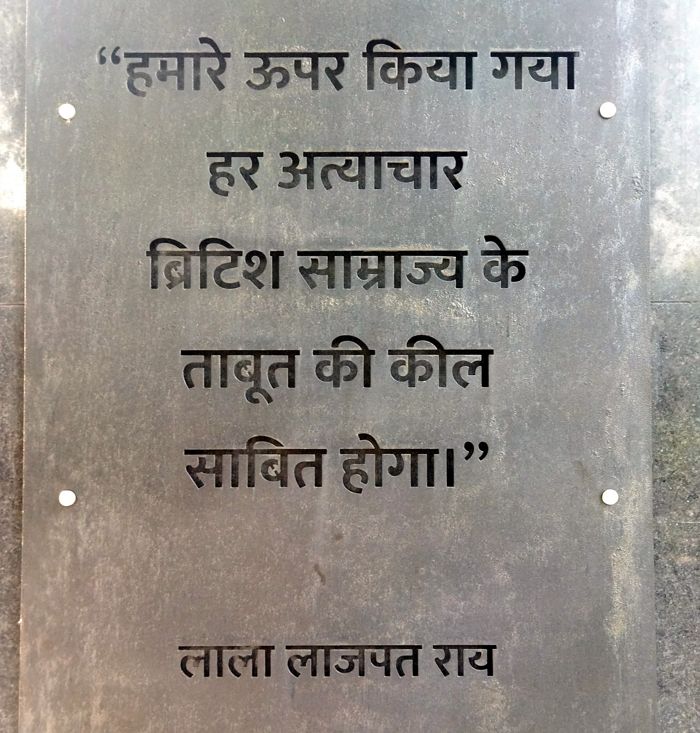
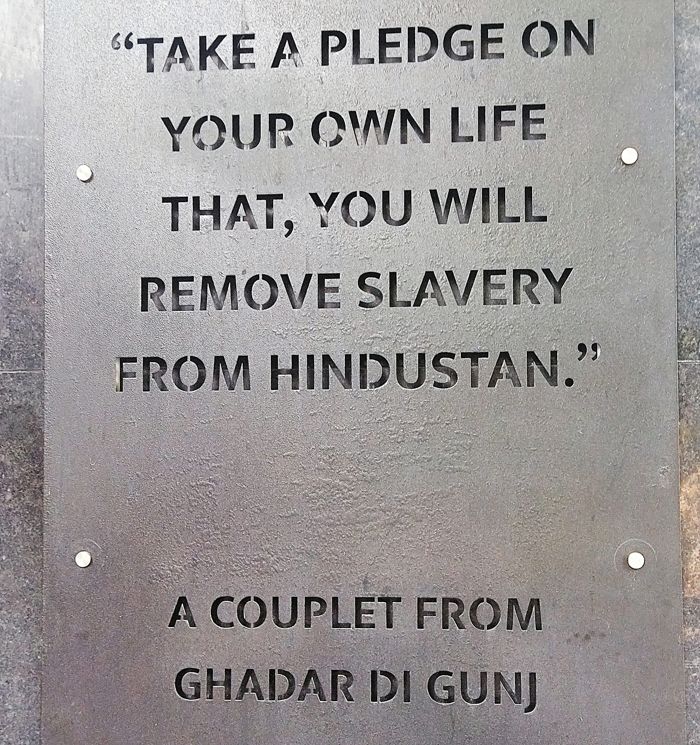

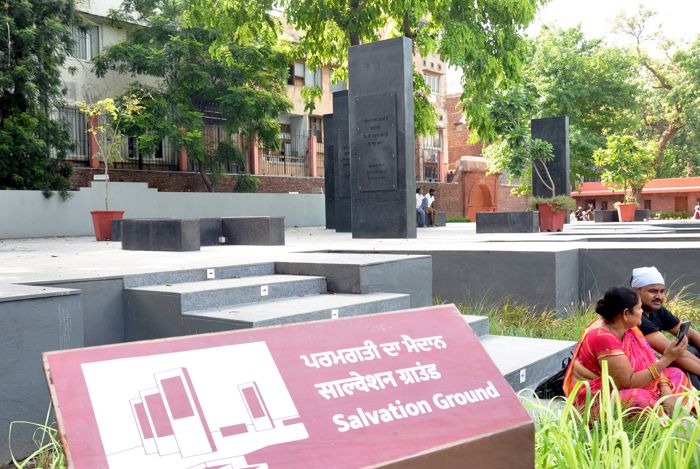
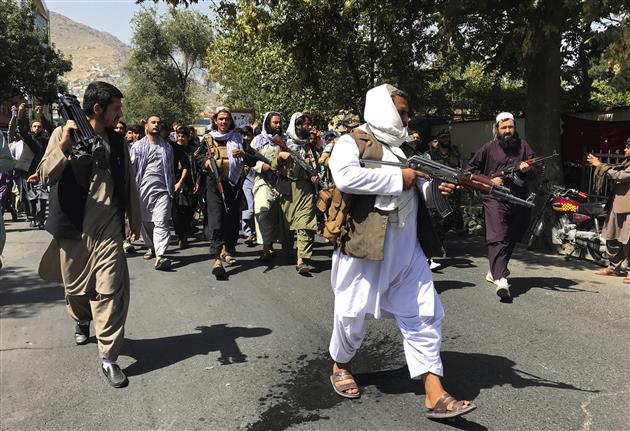
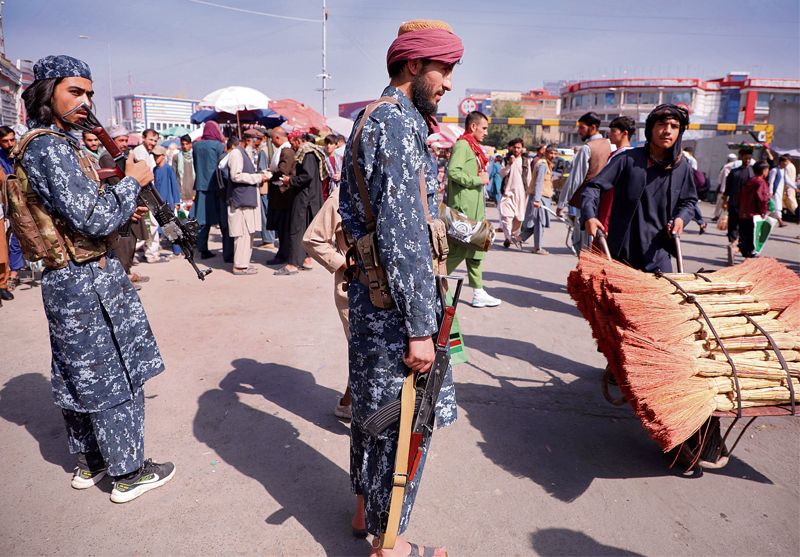


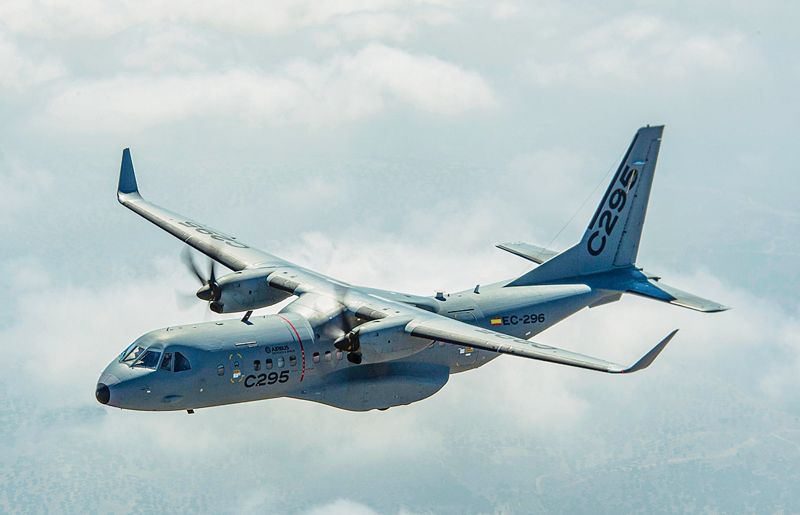
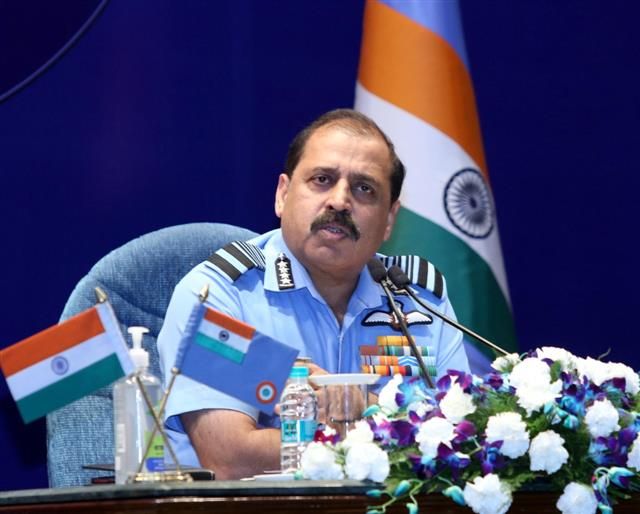
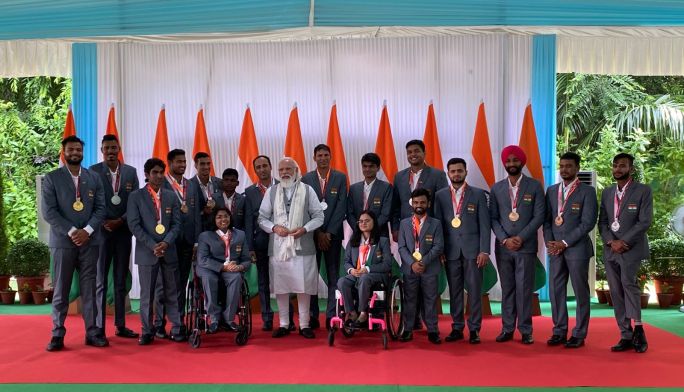
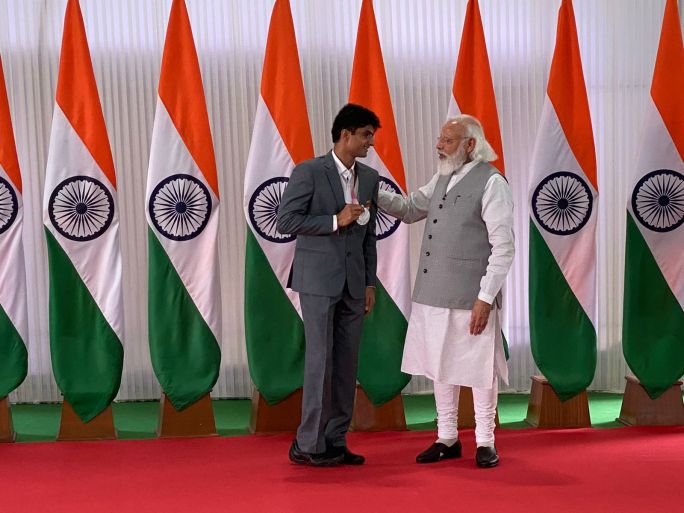
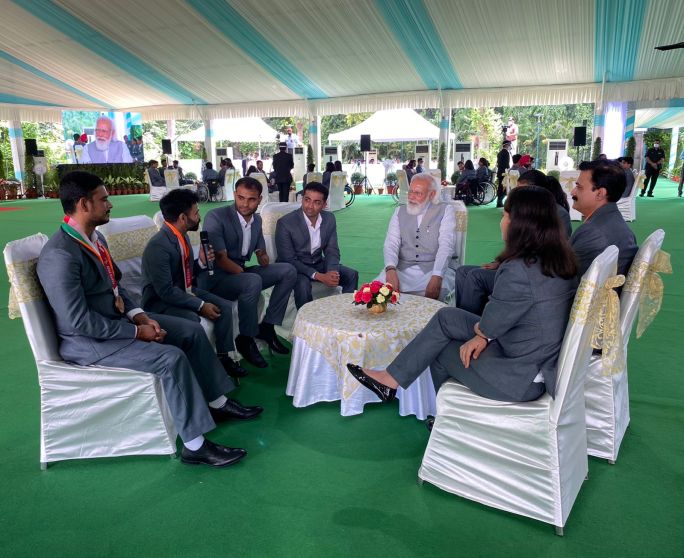
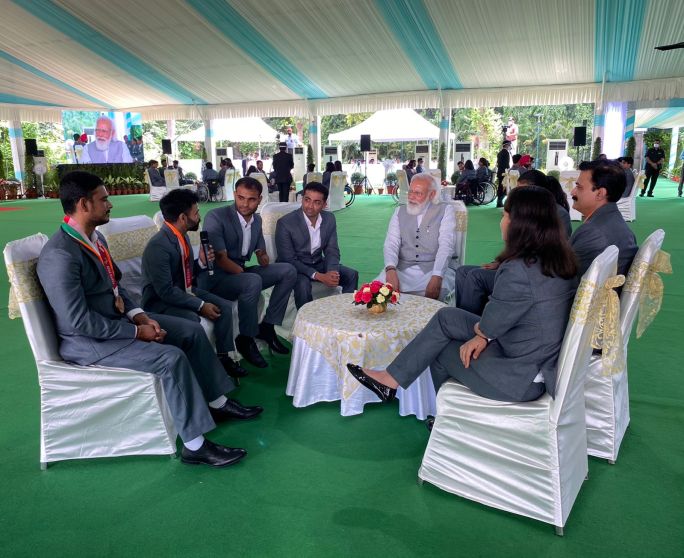
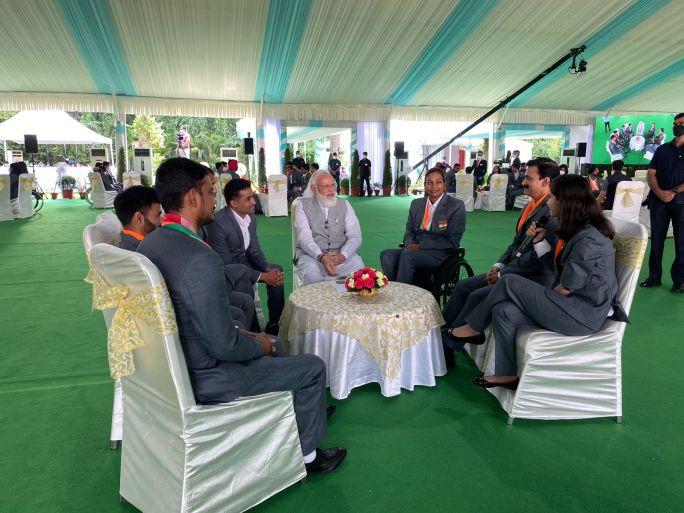 Paralympics campaign as it finished 24th in the overall tally.
Paralympics campaign as it finished 24th in the overall tally.
